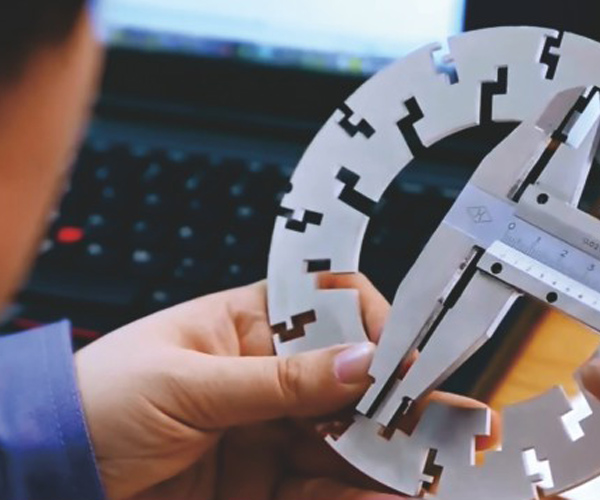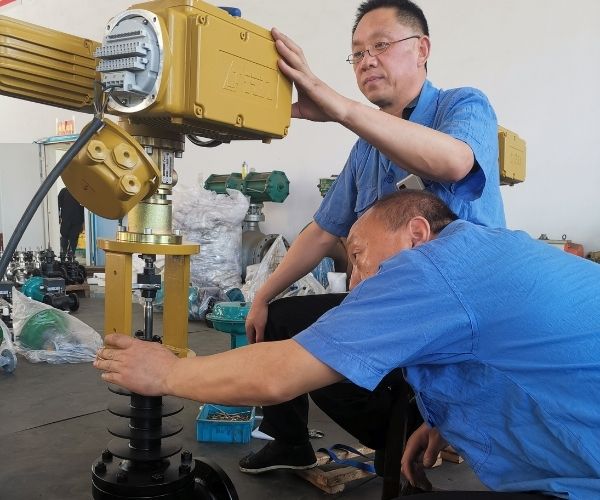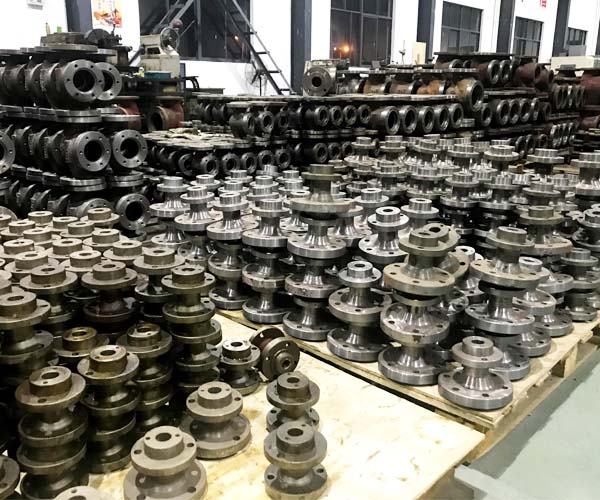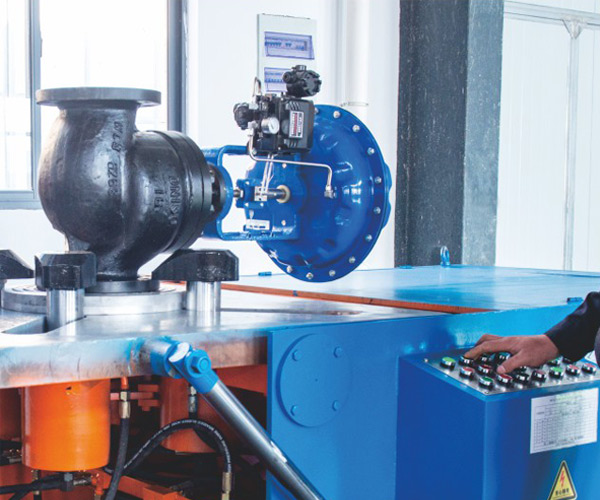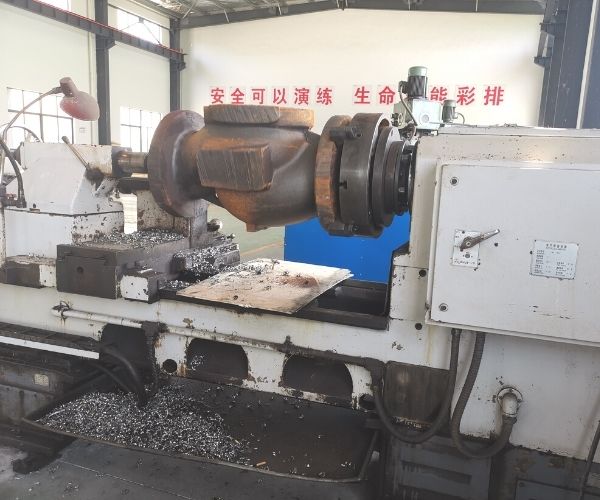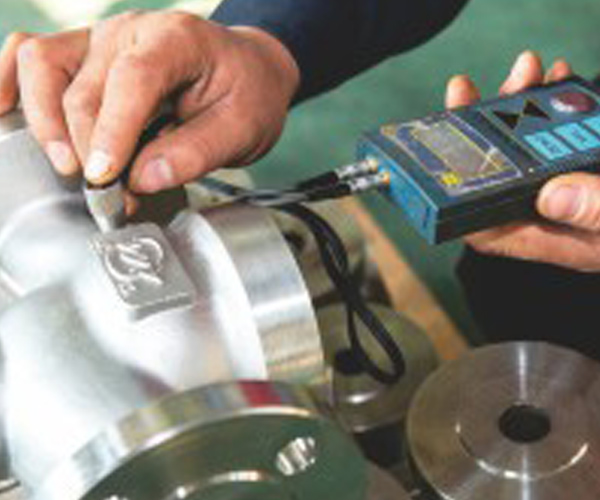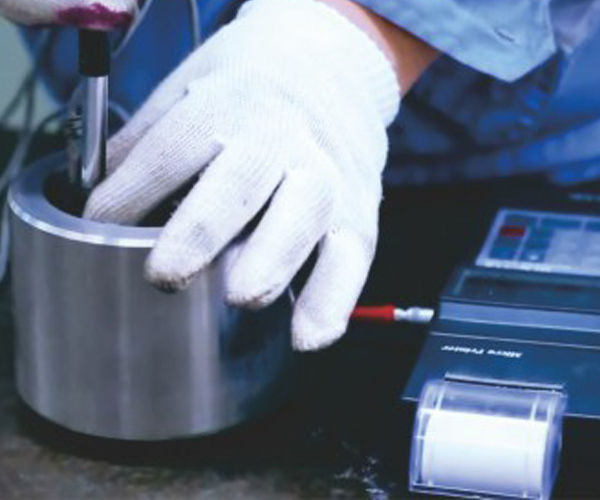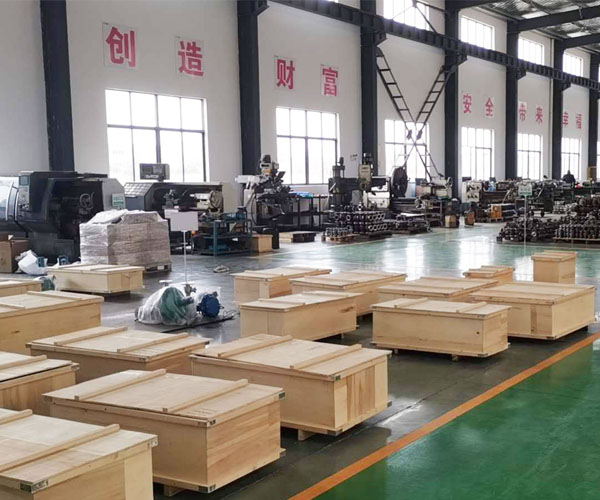Professional 3 Way Control Valve Manufacturer
- Diversion and mixing of applications.
- Plumbing systems are cheaper.
- Reduce the cost of pumps and water distribution systems.
- With Stem-guided , it has higher balancing forces
Get in Touch with Us
BCST your Expert 3 Way Control Valve Supplier in China
The BCST 3-way control valve has three connections. This is common in constant flow/capacity pump systems and is either a mixing valve or a detour valve. Three-way valves can be plumbed to flow or return. For supply, a diverting valve is used. A mixing valve is used for the return piping.
BCST 3-way control valves are made of specially selected materials to ensure maximum durability and reliability. Use a 3-way valve for systems that require constant water flow.
BCST your One-Stop 3 Way Control Valve Solution in China
BCST substantial choice of 3-way control valves gives the fine answer to your requirements. BCST is a skilled and experienced 3-way control valve manufacturer and exporter. As an ISO-registered company, BCST has a robust expert heritage and expert technical team with over 20 generations of producing and export experience.
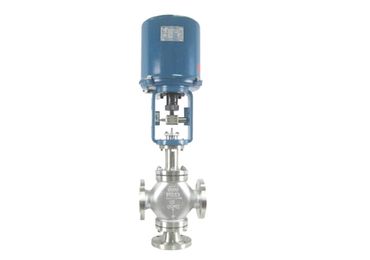
Electric 3 way Control Valve
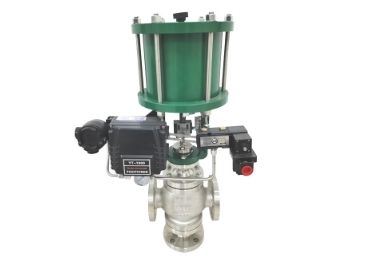
Pneumatic 3 Way Control Valve
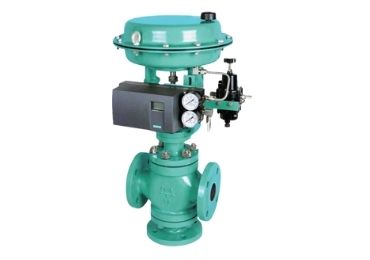
Pneumatic Liner 3 Way Control Valve
BCST your BEST Supplier for 3 Way Control Valve
BCST has advanced 3-way control valves with its very own specifications that meet the maximum vital primary concepts of process control. Our control valves are CE, SIL2 and RoHS approved. BCST is one of the main dependable and strong control valves producers in China. If you`re trying to find a skilled producer for your subsequent project, with robust technical heritage, expert team, and budget-pleasant merchandise, BCST is your maximum appropriate choice.
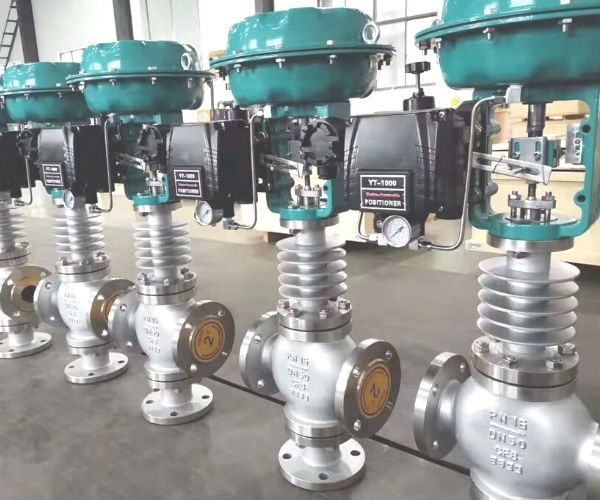
BCST 3 Way Control Valve Quality Control
- Technical software caculation
- Technical team meeting
- CAD drawing confirmation
- Measurement
Assembly
- Installation
- Calibration
- Chemical Analysis
- Mechanical Propery
- dimension Checks
- Visual Checks
- Non-destruction Examination
Hydrostatic Test
- Shell test
- Sealing test
- Leakage test
- Air test
- Function test
- CNC machining
- Visual checks
- Dimensional checks
- Liquid penetration test
Outlook Treatment
- Surface Polish
- Painting
- Visual inspection
- Thickness checks
- Visual checks
- Liquid penetration
- Test
- Hardness test
- Lapping
- Dimensional checks
Packing
- Marking
- Exported wooden box
Get the Latest Catalogue Now!
Your Best 3 Way Control Valve Solution Supplier
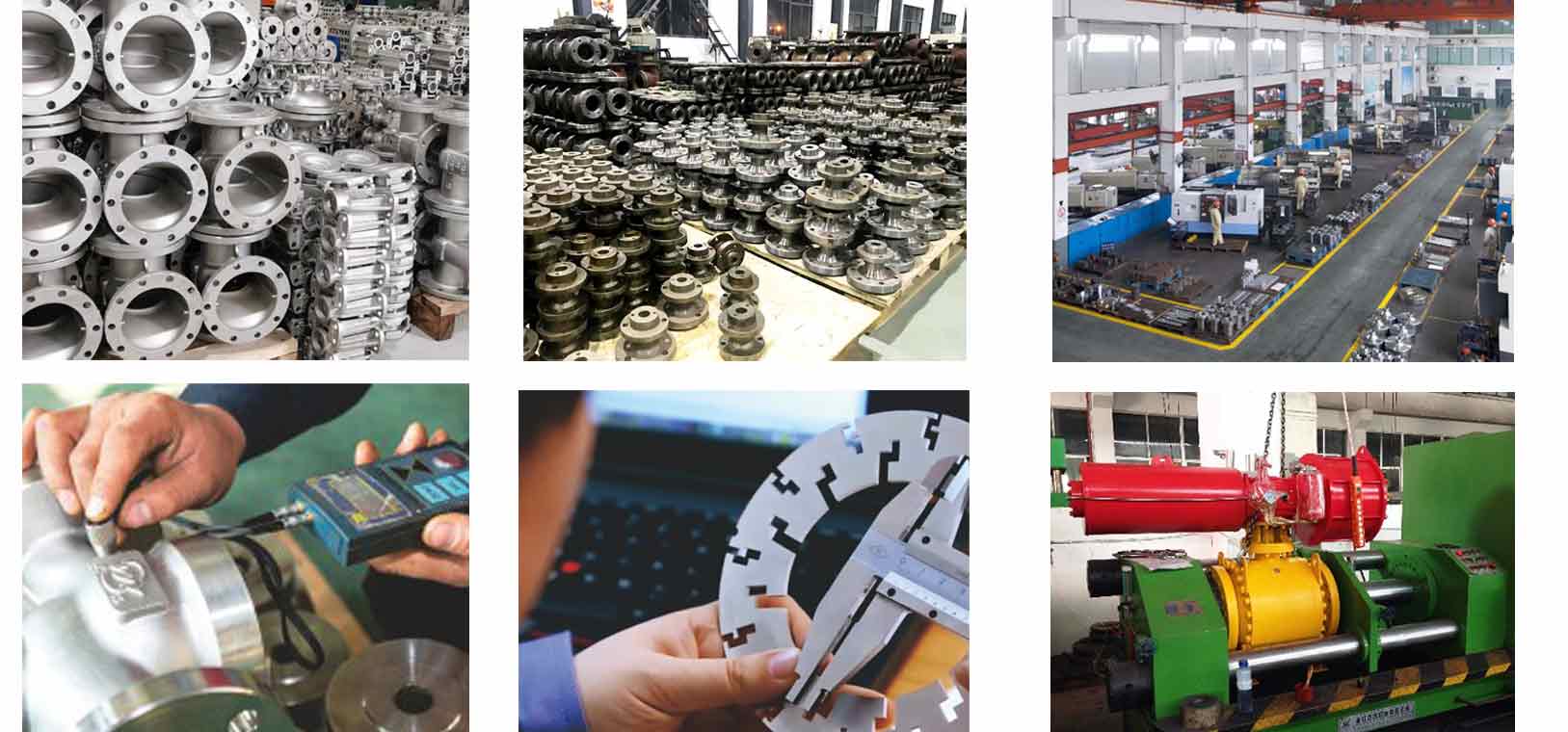
- Material test certificates
- Performance test procedure
- Hydrostatic test reports
- Seat leakage and actuator leakage test
- Radiographic test reports
- Liquid Penetration test reports
- Sound Noise Reduction
- Anti-Cavitation Valve Trims
- Outstanding Vibration
- High-pressure Rating
- Big size Available
- Digital Isolation Solution
- Sound protective packaging
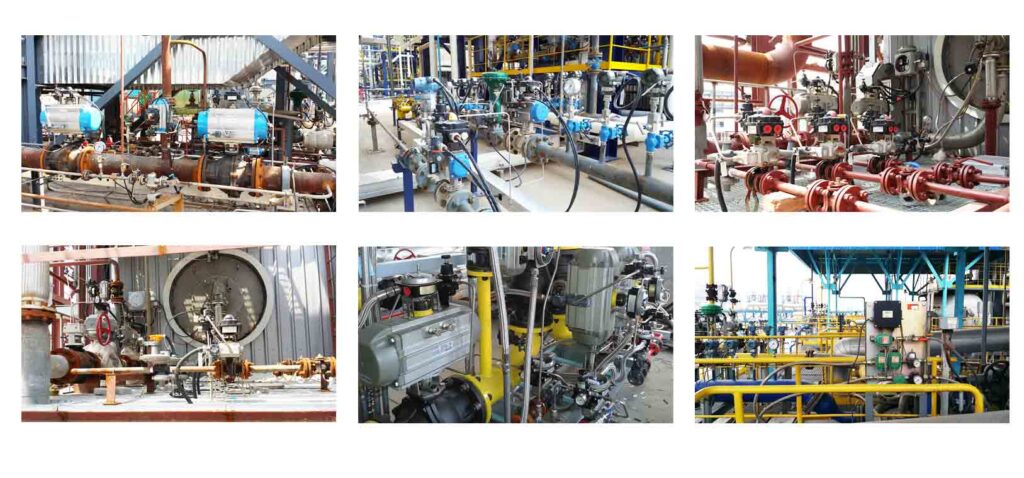
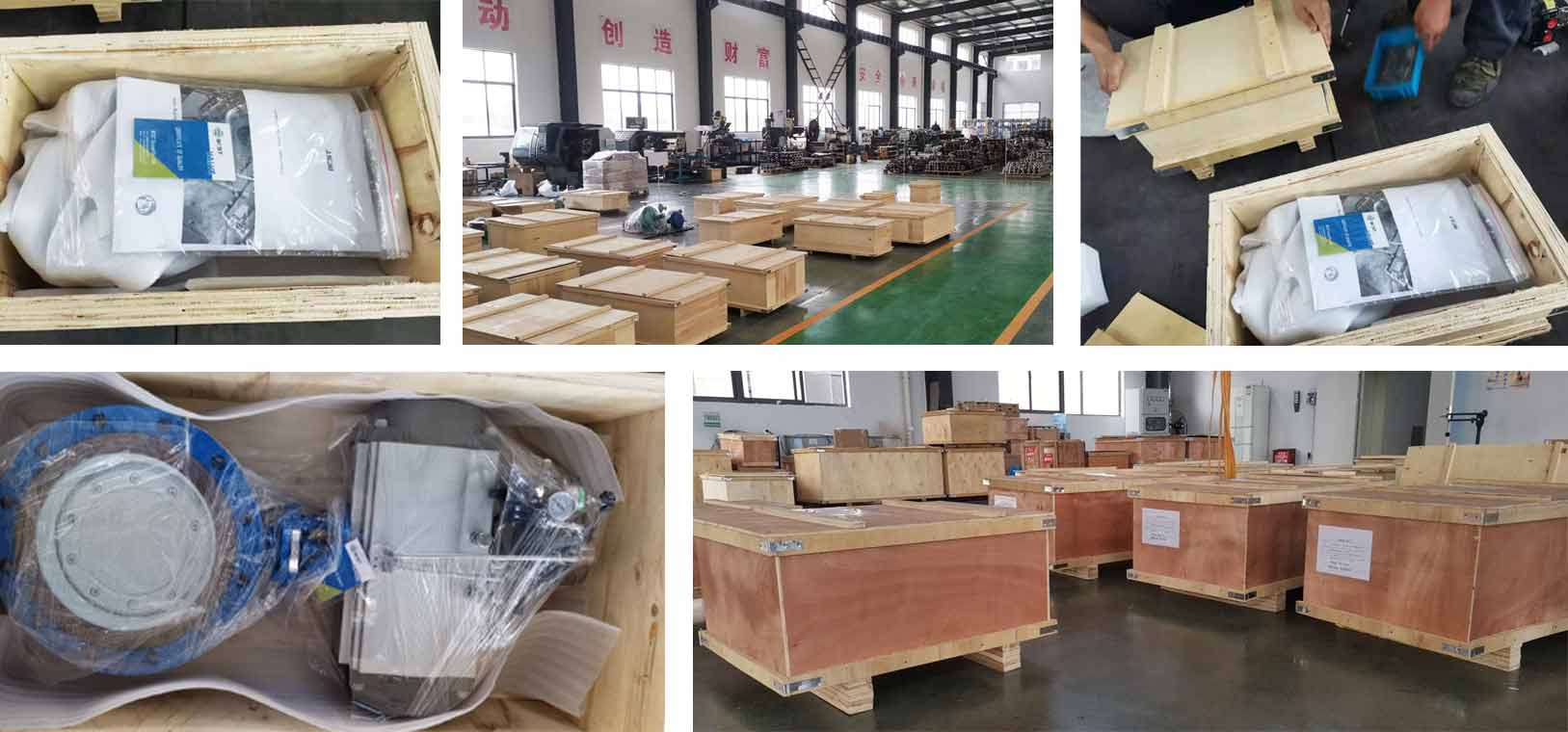
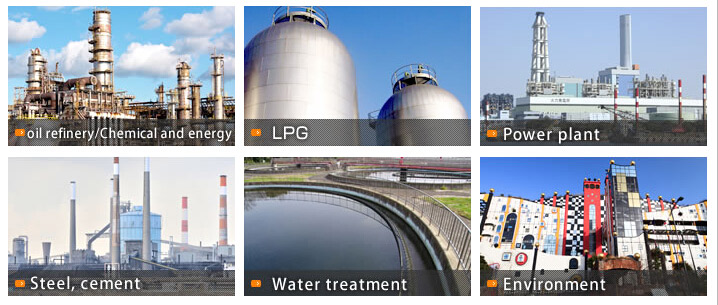
3 Way Control Valve -FAQ
What are the benefits of using the 3-way control valve?
Below are the advantages offered by the 3-way control valve:
- There is a tight seal in the 3-way control valveto protect against the leakages
- The 3-way control valve always works efficiently and effectively in high pressure and temperature environment.
- The spindle and plug are of stainless steel to increase the lifespan of the 3-way control valve along with the seal
- Conducting all the quality checks and meeting the highest standards before the shipment of the 3-way control valve
- There are many options available along with the 3-way control valve including balancing of the plugs, longer tubes for cooling, and bellows of the stainless steel. These all are for satisfying the customer requirements.
- The 3-way control valve can work in high temperatures. It also allows the 3-way control valve for regulating the high temperature of the water, steam, and hot oil in special conditions like power generation.
- Flanges are also present in the 3-way control valve that assist in integrating along with the other systems smoothly.
What factors will you consider while selecting the 3-way control valve?
Following are the 5 main factors that can help you in selecting the 3-way control valve for your processes:
· The fluid transferring in the system:
The main reason to design the 3-way control valve is to control the flowing medium. It includes natural gas, steam, compressed air, gasoline, hydraulic fluid, water, and slurry. So, you need to make sure that the 3-way control valve is appropriate for all these types of fluids.
· Features of the flow control:
Always take the minimum, maximum and acceptable range of fluid temperature that you have to transfer. You also need to check the maximum and minimum level of the pressure present at the inlet and outlet that the 3-way control valve can handle. These factors help determine the characteristics of the 3-way control valve. Also, make sure that the selection of the 3-way control valve remains consistent in terms of the control during the changes in the temperature. The features of the flow may change in a variety of processes and also assure stability in various conditions.
· Rugged conditions:
Almost all of the industrial processes are carried out in harsh surroundings. If the 3-way control valve isn’t meeting the requirements then the 3-way control valve fails to operate properly. Must check that the 3-way control valve can work well virtually and in unusual conditions.
· Compatibility along with the remotely working systems:
Many processes need control remotely along with monitoring. So, make sure whenever you select the 3-way control valve so it fulfils the remote processes of the management systems.

What are mixing valves and diverting valves in the 3-way control valve?
The 3-way control valve can work as the mixing valve or the diverging valve. While working as the mixing valves, the purpose of the two ports (A & B) are the inlets and single port AB works as an outlet. The fluid enters the 3-way control valve from the inlets A & B and flows inside the body of the 3-way control valve. It is delivered from port AB. When the 3-way control valve works as the diverting valve, there is a single inlet (AB) and two outlets ( A&B). While working as the diverting valve, the differential pressure in the 3-way control valve shouldn’t be more than 0.6 bar and there is the usage of the electric actuators. Here lies the working of the 3-way control valve as the diverting valves cannot handle the higher differential pressure. This can cause failure in the valve assembly. It is easier to install the 3-way control valve as the mixing valve while comparing the 3-way control valve as the diverting valve. Moreover, it is highly efficient, has less complexity, and is more economical as well.
What are the reasons for the popularity of the 3-way control valve in most industrial applications?
In recent years, the 3-way control valve has become popular in most industries. This is because of the following benefits:
· Direct benefits:
ü Easy installation:
The most highlighting benefit offered by the 3-way control valve is its easy installation. It is helpful in terms of saving the efforts and time considerably.
ü Operating automatically:
All the 3-way control valve operates automatically. This shows that the working of the 3-way control valve isn’t dependent on any operator for the opening and closing of the 3-way control valve.
ü Avoid clogging:
The design of the 3-way control valve is in such a way that there are no obstructions in the flowing of the fluids. It shows no clogging exists in the 3-way control valve.
· Indirect benefits:
ü Completely environment-friendly solution:
The wasting of natural resources gets reduced simply by using the 3-way control valve. It helps meet the ecological standards followed globally and makes the 3-way control valve environment friendly.
ü A device as the money saver:
You can conserve water through the usage of the 3-way control valve. It assists in saving the costs on the water along with the bills.
What are the parameters of the 3-way control valve?
Approximate volume of the flow | 120m3/h |
Operating temperature | 289 degrees Celsius |
Maximum acceptable working temperature | 335 degrees Celsius |
Control valve along with the actuator | Execution of the 3-way control valve along with the flanges and sealing of the bellow |
The functionality of the 3-way control valve | Distribution functionality |
Type of actuator | Preference is given to the electric actuator |
Size of the 3-way control valve | ¾”-14” |
Range of the temperature | -196 degrees Celsius- 450 degrees Celsius |
Body materials of the 3-way control valve | Stainless steel and carbon steel |
What is the structure and principle of the 3-way control valve?
Structure of the 3-way control valve:
Generally, the division of the 3-way control valve is in two types: T-type and L-type. In the T-shape, the connection is along with the three pipelines in the orthogonal structure. It cuts off the third channel and that is for splitting and merging purposes. The L-shape helps in connecting two pipes in the orthogonal direction. In this case, the maintenance of the third pipe is difficult and communication is difficult with one another at similar timings. It is only for distribution purposes.
Principle of the 3-way control valve:
Whenever the 3-way control valve opens, the medium begins to flow from port A and flows through port B. The actuator opens whenever there is a need for the medium to flow. The core of the 3-way control valve gets reversed and the medium flows outside from the C port. When there is no medium in the pipe, the 3-way control valve closes the cut-off from the medium.
What is the principle and solution provided by the 3-way control valve in the thermal or heat oil application?
Solution and principle in thermal/heat oil application by the 3-way control valve:
The entering of the thermal oil inside the equipment is through the 3-way control valve. The role of the temperature sensor is to collect the variables present on the equipment and give the parameters to the controllers. During the comparison of the process variables along with the set point, the controller starts sending the signals to the 3-way control valve. In this case, the modulation of the 3-way control valve is for opening and reaching the desired valve. When the temperature of the thermal oil present inside the equipment is less than the set point, the controller starts sending the analogue signals for increasing the opening from the left side and horizontally moving the channel of the 3-way control valve in the right direction. And when the temperature of the thermal oil is more than the set point, the controller starts sending the signals to the 3-way control valve from the left side. The right opening of the channel decreases and the left opening of the channel from the bottom increases. This helps the thermal oil in circulating in the backward direction towards the flow.
What is the design of the 3-way control valve for the heating oil?
1) Design of the bonnet:
The bellow bonnet is of stainless steel along with the flexible packing of graphite. There is double sealing to protect the actuator. It effectively starts isolating the medium inside the pipeline from the outer side and brings improvement in the reliability and safety of the seal of the product. The design of the 3-way control valve is particularly for the temperature of the oil furnace and handle controlling system to set the heat of the machines in the textile industry.
2) Assembling of the pneumatic or electric actuator:
Here, mostly there is assembling of the pneumatic or electric actuator along with 4-20mA output signals or controlling on/off signals to change the opening of the 3-way control valve. At similar timings, the opening of isolation of the 3-way control valve facilitates along with the feedback for the control system.
3) The 3-way control valve of thermal oil:
Generally, the 3-way control valve of the thermal oil flows for the opening and brings stability in a better way.
4) Servo amplifier:
The servo amplifier deeply adopts the negative feedback to bring improvement and adjust the accuracy.
5) Electric or pneumatic 3-way control valve:
The pneumatic or electric 3-way control valve is useful for heat conduction and saving automation. While comparing to the double or single-seat, the 3-way control valve in a similar system can save a single unit, helping in simplifying the designs and cost-efficient for the users.
6) Electric operators:
There are several electric operators available that you apply on 4-20mA or 0-10mA DC or 0-10V DC along with the power supply for the 380V AC, 220V AC, 24V AC, or simplifying supply of air 2-6 bars.
7) Use of an electronic actuator:
There is no need to use the servo amplifier whenever you are using an electronic actuator for opening the 3-way control valve. Here, you can use the current signal.
8) Bellow seal type
The bellow seal kind bonnet completely seals the moving stem and avoids any leakages of the fluid.
1) Hot oil 3-way control valve:
The hot oil 3-way control valve receives no guidance from the bushing at the bonnet of the 3-way control valve. But, as well as from the side of the plug of the 3-way control valve. It also includes the surface from inside of the seat along with the adjustable guiding portion and brings reliability in operation.
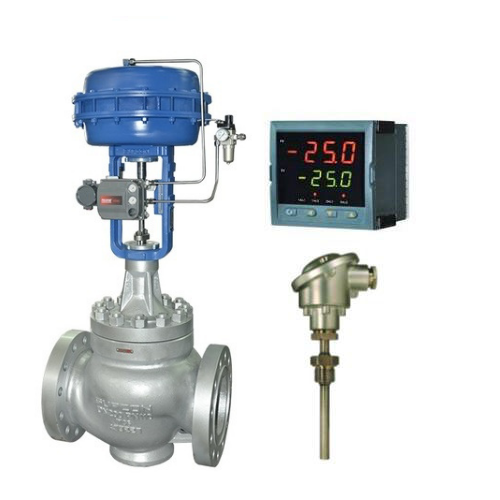
What are the reasons for the noise in the 3-way control valve and solutions to resolve this issue?
Reasons for the noise in the 3-way control valve:
- The actual reason for the unusual noises in the 3-way control valve can be vibrations. The intensity of the noise increases whenever the 3-way control valve has better resonance.
- Another reason can be the flow. You can call it cavitation. Whenever the 3-way control valve is operating suddenly the bubble bursts inside the medium that converts into the speedy force. This causes a rise in noise.
Solutions to getting rid of noises in the 3-way control valve:
- You can reduce the resonance to eliminate the noise in the 3-way control valve.The intensity of the noises also decreases when there is a reduction in the resonance.
- The cavitation can also be the cause of the noise in the 3-way control valve. You need to cause a reduction or start the elimination of the cavitation. It will assist you in getting rid of the annoying noise of the 3-way control valve.
More possible remedies:
ü Thickening of the pipe:
Among all the effective methods, the best one is of thickening the pipe which can reduce the noises in the 3-way control valve. However, you need to pay the additional cost for it. The cost of the thickened pipe is more compared to the typical ones.
ü Method of the series flow:
By the implementation of the series flow, you can decrease the noise from the 3-way control valve to a larger extent.
ü Material for absorbing the sound:
This method is also efficient and effective for causing a reduction in the intensity of the noises. You need to surround the whole pipe of the 3-way control valve and the source of the noise along with the sound-absorbing material.
ü Using the 3-way control valve of the low noise:
The easiest method of all is to use the 3-way control valve along with low noise.
The good quality 3-way control valve generates less noise because it is made from high-quality materials. If you are searching for a high-quality 3-way control valve for your applications present in the industry, the better approach is to consult an industrial expert.

